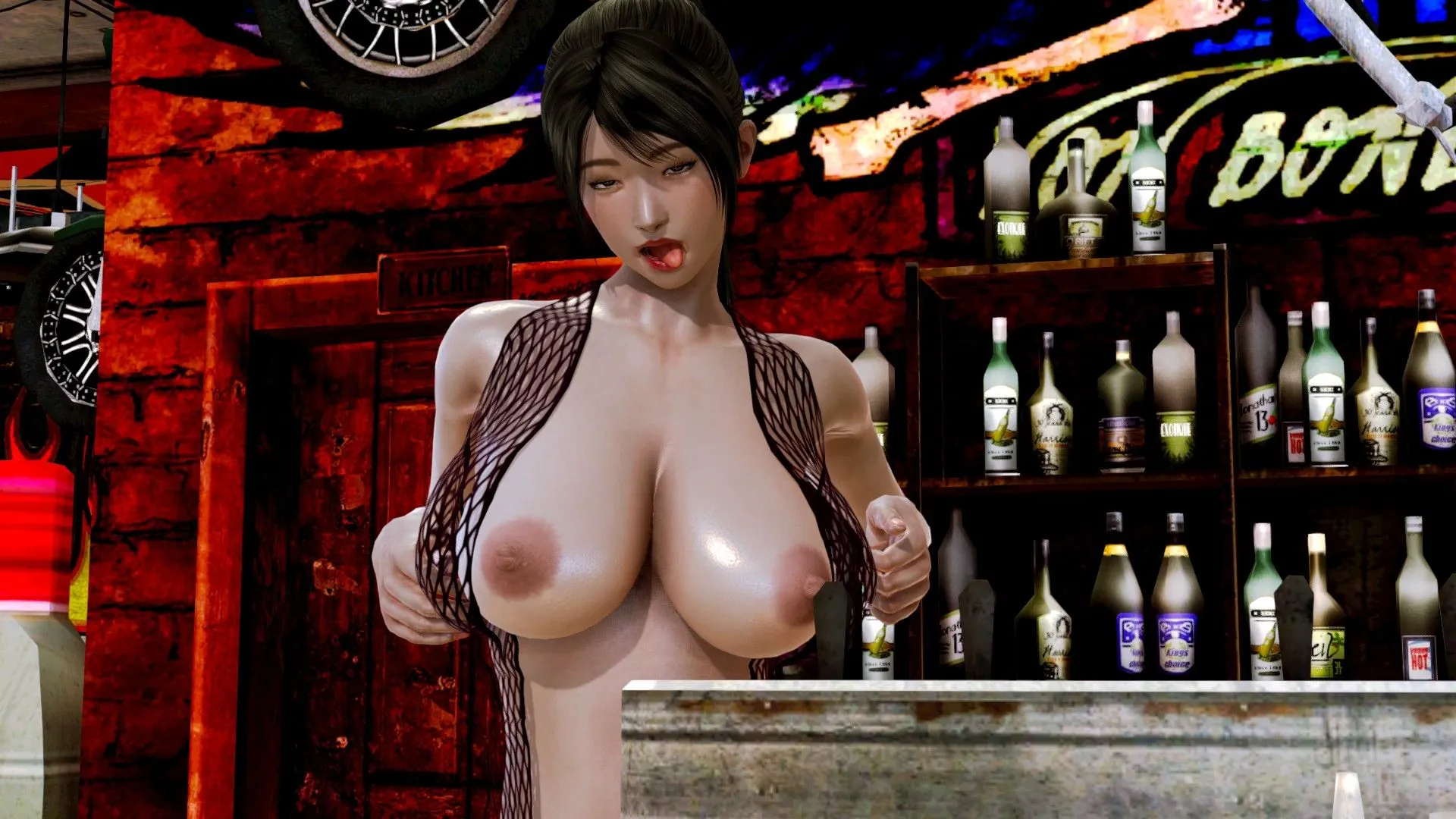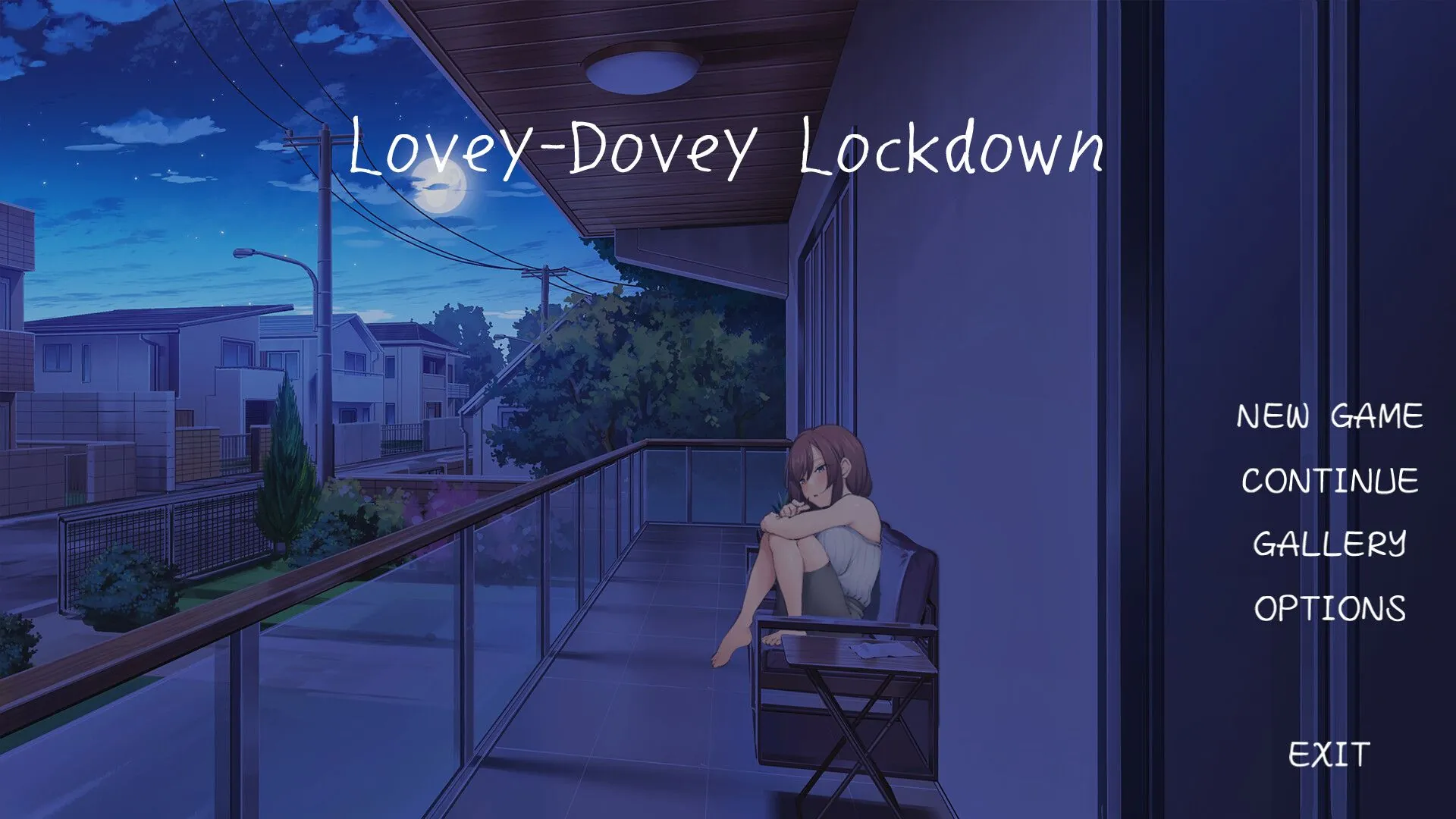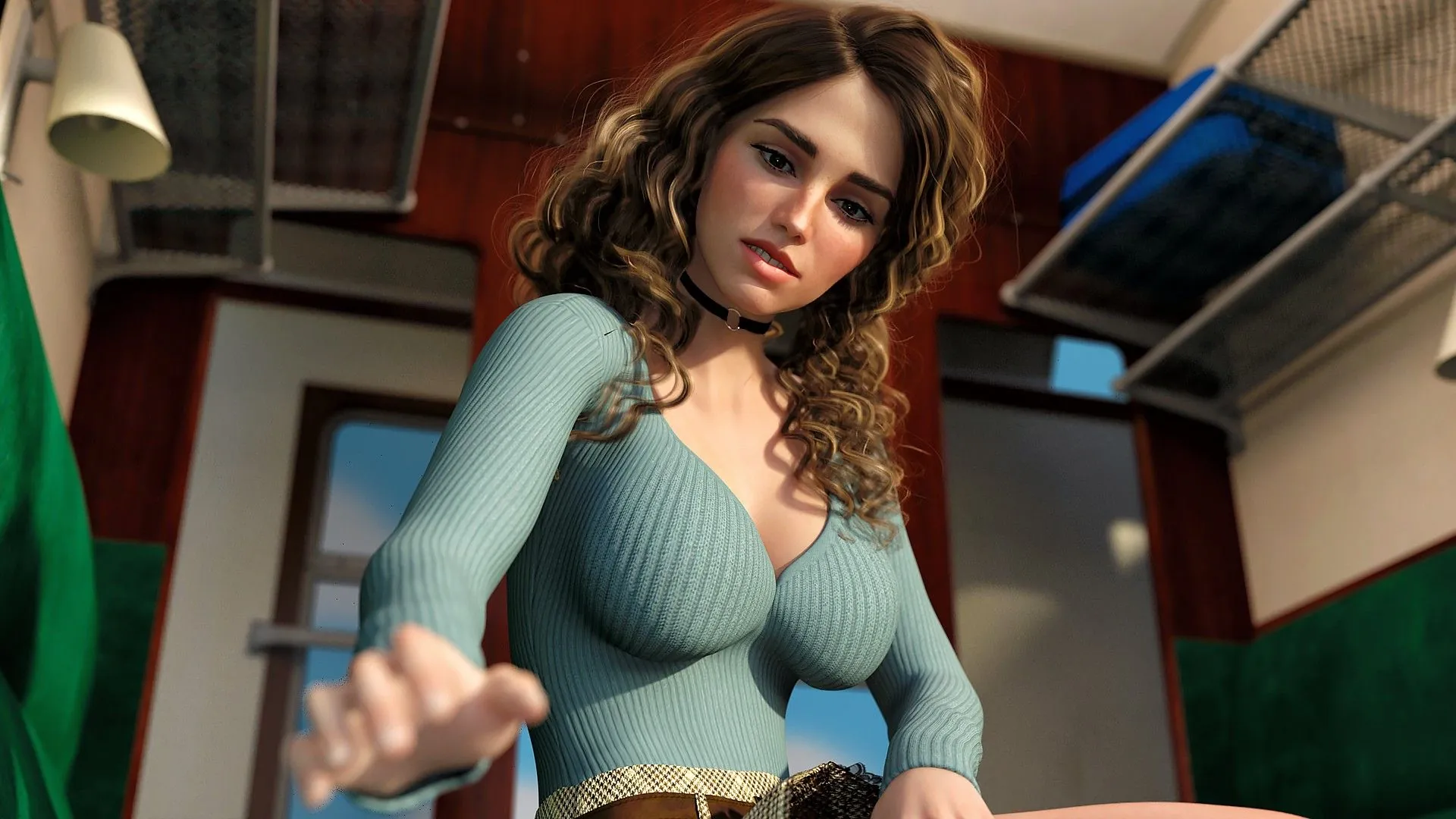
Leaving DNA
Play Leaving DNA
Leaving DNA review
Explore Features, Gameplay, and Unique Aspects of Leaving DNA
Leaving DNA is a distinctive game that has captured attention for its immersive experience and unique gameplay mechanics. In this article, we dive deep into what Leaving DNA offers, exploring its core features, gameplay style, and what sets it apart from other titles. Whether you’re curious about the game’s storyline or want practical tips to enhance your playthrough, this guide covers everything you need to know about Leaving DNA.
Understanding Leaving DNA: Gameplay and Features
What is Leaving DNA? An Overview
Picture this: You’re stranded on a crumbling space station orbiting a dying star, with only fragmented memories and genetic puzzles holding the keys to survival. That’s the heart-pounding premise of Leaving DNA! 🚀 This narrative-driven sci-fi adventure blends survival horror with genetic engineering mechanics – think Alien: Isolation meets BioShock, but with its own twisted DNA.
When I first booted up Leaving DNA game, I expected jump scares… but not the existential dread of hearing my own cloned voice whispering through air vents! 😱 The game drops you into the shoes of Dr. Aris Thorne, a bio-engineer racing against time to reverse a catastrophic mutation outbreak. Your mission? Decode genetic sequences to cure diseases, outsmart rogue AI, and uncover why everyone’s memories are mysteriously vanishing.
Pro Tip: Start by exploring every cryo-pod room – early genetic samples there unlock critical trait modifications later!
For newcomers wondering how to play Leaving DNA, here’s the scoop: It’s a first-person exploration game where 70% of your tools involve manipulating DNA strands. You’ll solve puzzles by splicing genes (like combining “luminescent jellyfish DNA” with “synthetic antibodies” to create light-emitting cures). The Leaving DNA overview reveals a genius loop: every mutation you cure alters the environment, creating new paths or hazards.
Core Gameplay Mechanics Explained
The magic of Leaving DNA gameplay lies in its three-tiered gene-splicing system. Imagine crafting custom organisms like a mad scientist! 🔬 During my playthrough, I created a heat-resistant bacterium to melt ice barriers – only to watch it evolve into a predatory mold that nearly ate my spacesuit. Whoops.
Key mechanics include:
– 🧬 Genetic Sequencing: Extract DNA from enemies or environmental samples using your Omni-Tool.
– 🔧 Trait Crafting: Combine traits (e.g., “rapid regeneration” + “neural toxicity”) to build tools or weapons.
– 🌌 Environmental Adaptation: Stations decay dynamically – fix oxygen systems or risk suffocation during boss fights!
What truly elevates game mechanics Leaving DNA is the memory fragmentation system. When your character’s sanity dips (from horrors or oxygen loss), your HUD glitches, replaying ghostly echoes of past tragedies. I once missed a critical clue because my screen showed my character’s dead daughter instead of a keypad code. Chilling.
| Mechanic | Function | Player Impact |
|---|---|---|
| Gene Splicing | Combine traits to create organisms/tools | Alters puzzles and enemy weaknesses |
| Memory Echoes | Glitching HUD reveals narrative clues | Affects puzzle accuracy under stress |
| Station Decay | Real-time environmental collapse | Forces time-sensitive decisions |
| Ethical Choice System | Sacrifice NPCs for resources or save them | Changes ending branches |
🔥 Hot Tip: Always carry “neural stabilizers” – they pause sanity loss during memory glitches!
Mastering how to play Leaving DNA means embracing failure. My first 5 hours were a graveyard of mutant creations, including a photosynthetic rat that exploded near sunlight. 💥 Leaving DNA tips? Save often – autosaves are cruelly sparse.
Unique Features That Define Leaving DNA
While many sci-fi games rely on guns, Leaving DNA features make bio-engineering your primary weapon. The standouts?
🎨 Living Environments: Stations bleed when damaged (walls sprout capillaries), and your cures visibly alter ecosystems. After I neutralized a toxin leak, the entire reactor room bloomed with bioluminescent fungi. Pure eye-candy! ✨
🧪 Emotional DNA: Here’s the kicker – NPCs’ genetic codes change based on your choices. Save a crewmate? Their DNA gains “loyalty” traits affecting later alliances. I accidentally made an engineer biologically terrified of me after stealing her rations… and she mutated defensive spikes. 😅
📖 Non-Linear Storytelling: The plot unravels through genetic memories – inject yourself with harvested DNA to relive key events from multiple perspectives. Finding out the villain’s motives through his own blood was a narrative gut-punch.
The Leaving DNA game also nails dread through sound design. Headphones are mandatory! 👂 Distant sobs echo through vents, while successful gene splices trigger unsettling organic squelches. One Leaving DNA tip: Use directional audio to locate hidden sample chambers behind “living walls”.
Final Thought: This isn’t just a game – it’s a biological thriller where every strand of DNA tells a story. What will yours leave behind? 🧬💀
Leaving DNA offers a unique and engaging experience that stands out through its distinctive gameplay and features. Whether you’re a new player or returning, understanding its core mechanics and special elements can enhance your enjoyment. Dive into the game with the tips and insights shared here to make the most of your journey. Ready to explore Leaving DNA? Start your adventure today and discover what makes this game truly memorable.
















